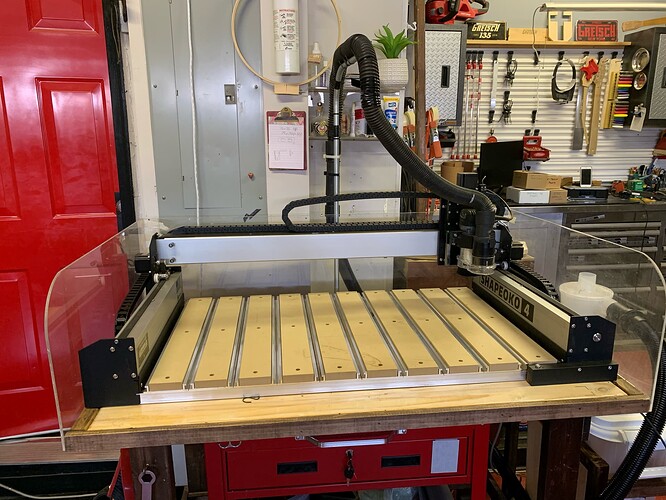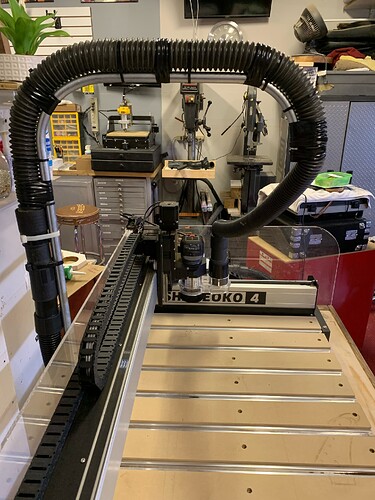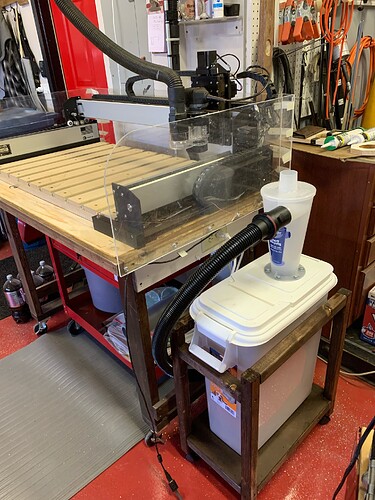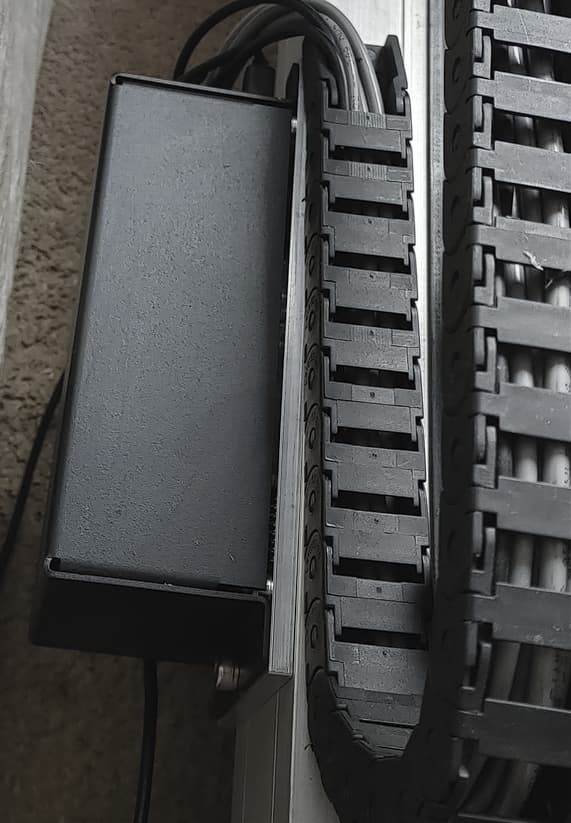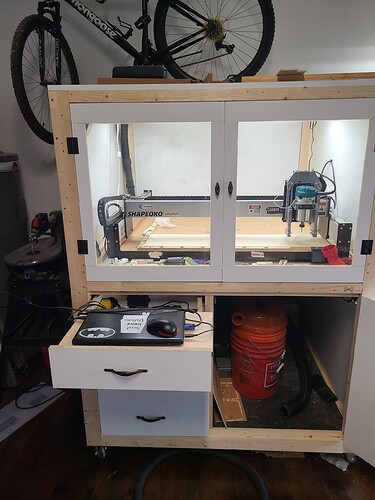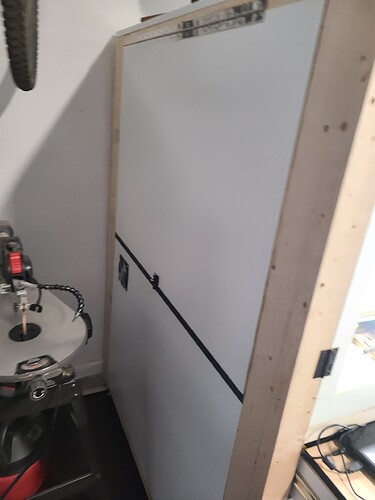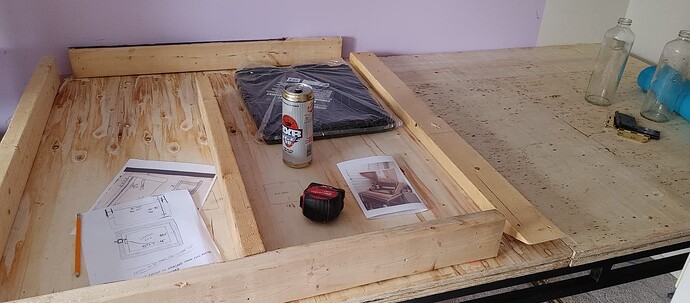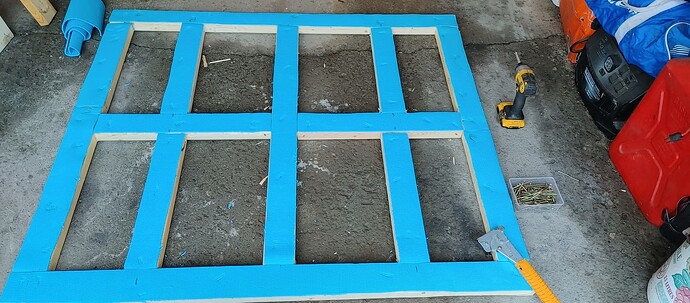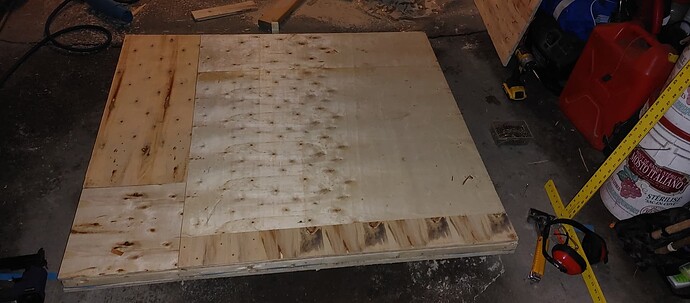New owner of a Shapoko 3 XXL here. I have no CNC experience, outside of some limited 3D printer work. I’m planning on working with aluminum and plexiglass. I’ve been doing a lot of research and trying to figure things out.
I have questions about building an enclosure.
My plan is to use 2x4s to make the frame, I’ll use drywall interior, 1/2" plywood for the exterior, with heavy moving blankets between the layers. Front face will have a basic lexan viewing window (multiple spaced layers).
Main goal is noise reduction while keeping the price down.
-
Should I make a cabinet or split design? Cabinet seems more simple to make, split seems harder but makes it easier to access the entire machine because it opens up the front and the top out of the way.
-
How much space do I need around the machine? I noticed the router comes out many inches towards the front of the machine past the frame. Is there a risk of it crashing or does it only use that position when I have the door open?
-
What’s the best way to feed wires out of the enclosure without letting sound escape?
-
Do I need to feed out the router wire away from the other electrical wires or send them out together? I heard things about possible electrical interference (I have dewalt router setup for now)
-
Is constant fresh air circulation important when cutting aluminum / plexiglass? Should I make intake an exhaust or keep everything confined? I won’t be working with wood.
